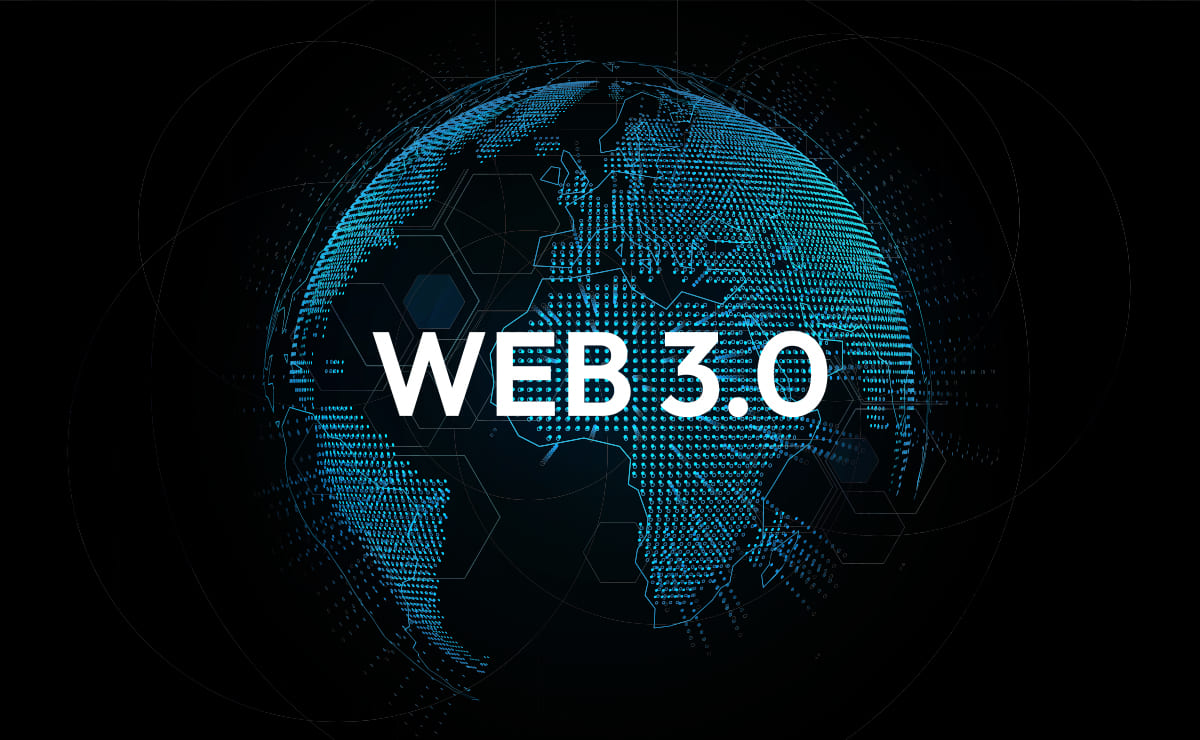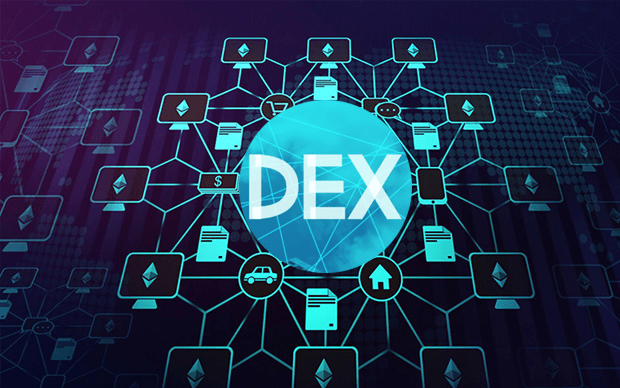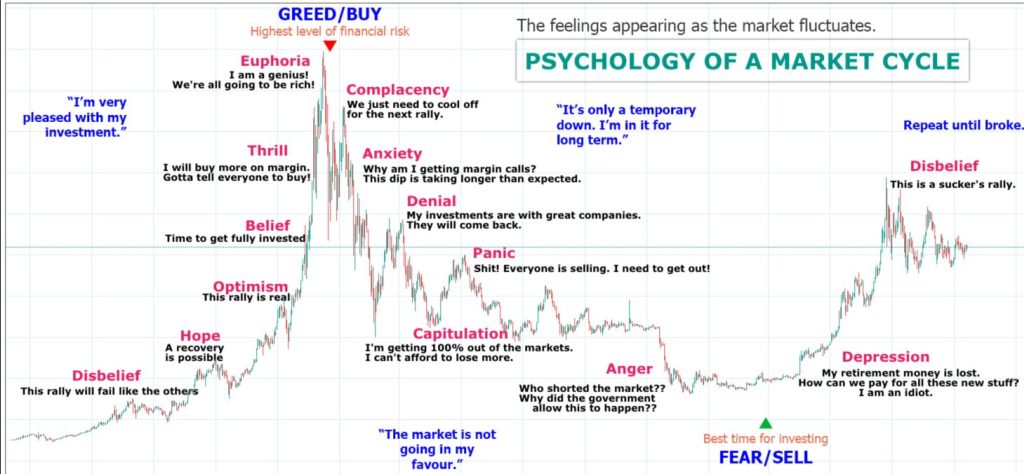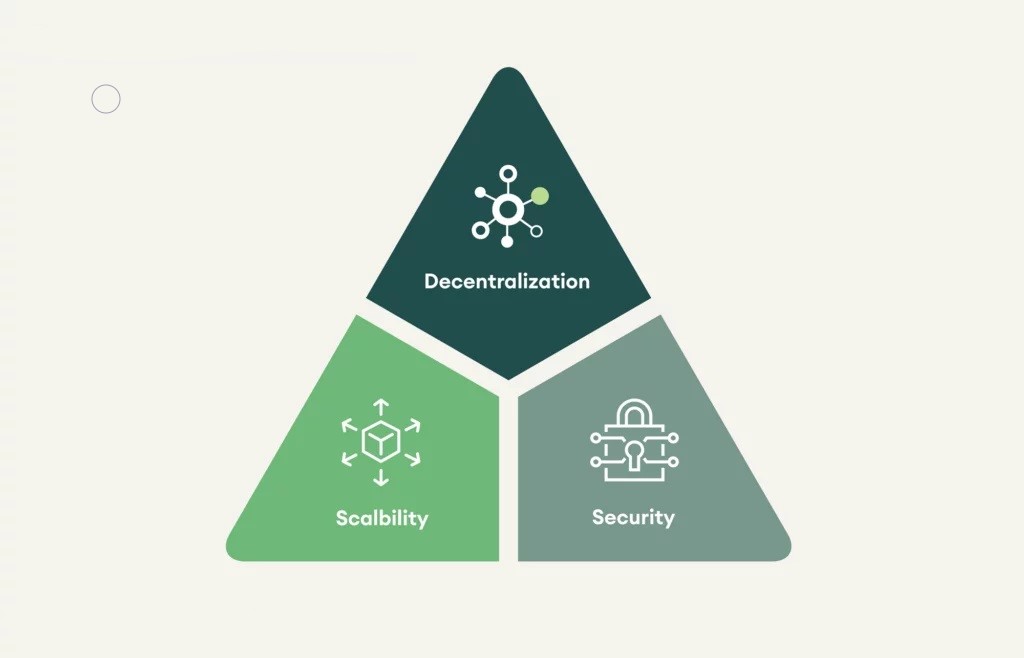Web 3.0 is like the Internet you’re familiar with, but with some key differences that make it more open and decentralized. Instead of relying on Big Tech companies to control access and store data on centralized servers, Web3 operates on a model where independent parties own and operate the servers, known as nodes. This decentralization has significant implications for security, privacy, and accessibility.
Web vs Web 3
How the Centralized Web Works: What are Servers?
The Internet is full of websites and apps, all of which need to be stored somewhere. That’s where servers come in. They physically house the content you see online, and when you interact with a website or app, you’re communicating with these servers. In the current centralized model, these servers are typically owned and controlled by large tech companies like Amazon, Microsoft, and Google, giving them considerable power over how the Internet operates.
Decentralization in Web3
Web3 operates on a decentralized model, where servers (or nodes) are owned and operated by independent parties rather than centralized authorities. This means that no single entity has complete control over the network. Instead, anyone can become a node operator, contributing to the network’s security and integrity. Decentralization is the cornerstone of Web3, empowering users and reducing reliance on centralized entities.
Why Decentralization Matters
Resilience
The decentralized nature of Web3 makes it more resilient to outages and disruptions. With nodes distributed globally, there’s less risk of a single event causing widespread downtime.
Resistance to Censorship
Decentralized hosting means that Web3 sites and apps are less susceptible to censorship. Without central authorities controlling access to servers, there are fewer opportunities for censorship.
Security
Web3 is considered more secure than Web 2.0 due to the use of cryptography. Users access DApps using private keys, providing greater control over their data and reducing the risk of unauthorized access.
Openness
Web3 is open and permissionless, allowing anyone to access and participate in the network without restrictions. This inclusivity promotes innovation and diversity within the ecosystem.
Data Privacy
In Web3, users communicate directly with independently owned nodes, reducing reliance on centralized entities for data storage. This enhances privacy and reduces the risk of data misuse by third parties.
In summary, Web3 represents a shift towards a more open, secure, and inclusive Internet, driven by decentralization and user empowerment.




2 Comments
Comments are closed.